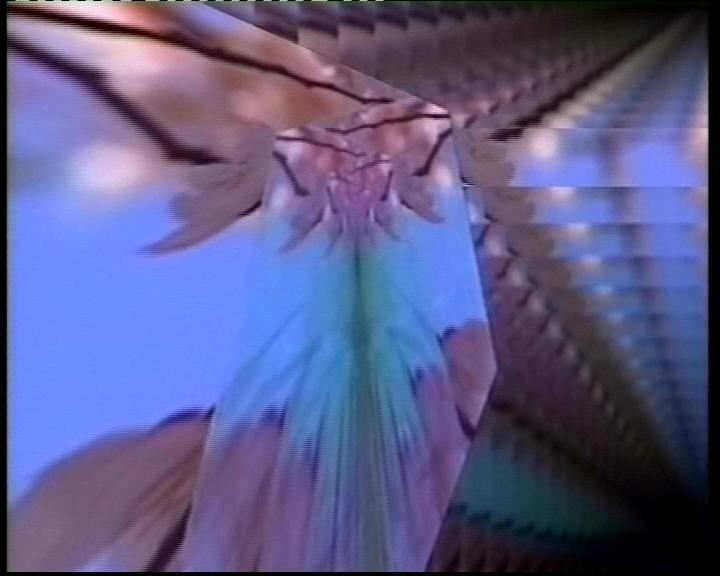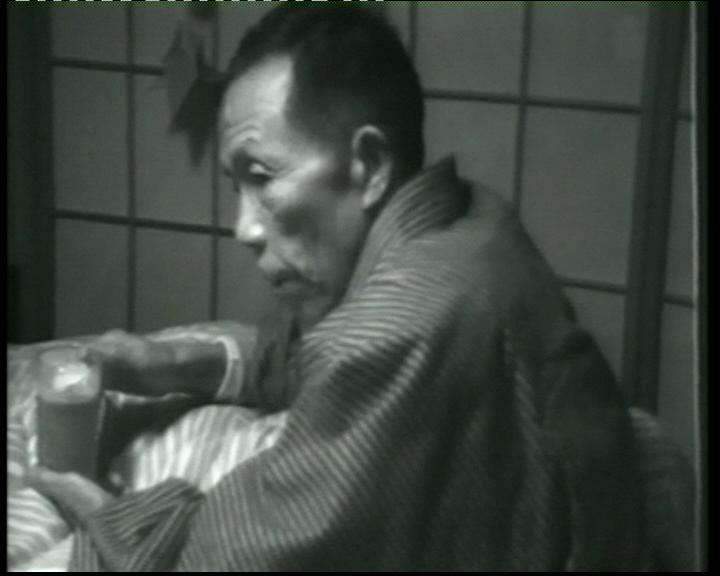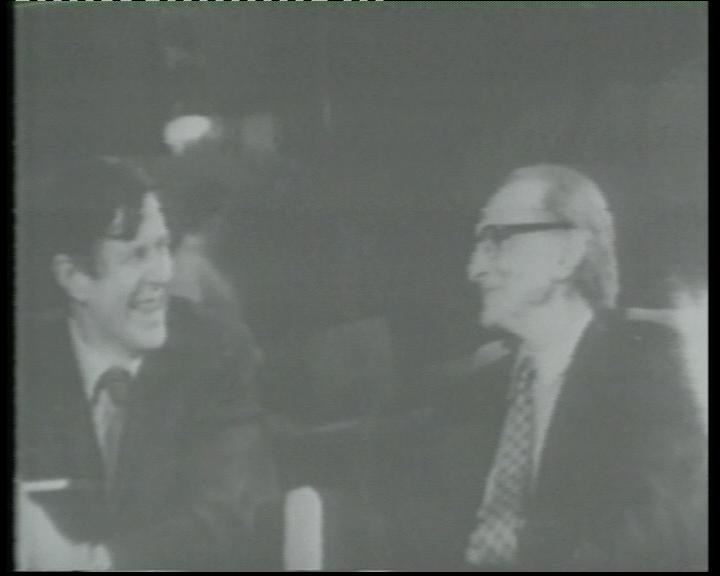Shigeko Kubota
After receiving her diploma in sculpture in Tokyo, Shigeko Kubota studied at New York University. She definitively moved to the United States in 1964.
Kubota discovered video at the beginning of the seventies thanks to her involvement with the Fluxus movement and such protagonists as Nam June Paik, Allison Knowles, Allan Kaprow, and George Maciunas. Her early works also show her interest in the theories of Marcel Duchamp and John Cage.
In 1972, she made Europe on 1/2 Inch a Day, her first video-diary, while she also explored the possibilities of image transformation and manipulation offered by the technical media available at the most advanced laboratories of television production studios.
Dedicated to diverse themes although often interconnected, her works include installations that pay homage to Duchampian ideas and icons as well as references to the Japanese spiritual traditions tied to nature and landscape, often focusing on the presence of water and mountains. Her diary project, which documents her own life on video, is a work in progress. It is collectively entitled Broken Diary.
Through the observations she dedicates to situations and facts of daily life, Kubota has raised issues regarding the quest for an identity and a female perspective. In her oeuvre, references to the history of art and culture are mixed with the technological component and the resulting images are often electronically elaborated. [F.B.]
List of Works
Europe on ½ Inch a Day, 1972
video, black and white, color, sound, 30 min. 48 sec.
Purchased with the contribution of the Compagnia di San Paolo
Filmed spontaneously and often adventurously, these first video-diaries are the result of the artist’s trips and interests, in contact with alternative cultures of the early seventies in Europe. The diary culminates in a homage to the grave of Marcel Duchamp in Paris.
Marcel Duchamp and John Cage, 1972
video, black and white, sound, 28 min. 27 sec.
Purchased with the contribution of the Compagnia di San Paolo
Kubota offers a heartfelt homage to the two great twentieth-century masters, electronically elaborating photographs of Duchamp and creating her soundtrack with music by Cage. The nucleus of the work is dedicated to the images of the famous chess-concert game played by Duchamp and Cage in 1968 in which the chessboard was “amplified” in such a way as to act as a musical instrument that generated sounds.
Video Girls and Video Songs for Navajo Sky, 1973
video, black and white, color, sound, 31 min. 56 sec.
Purchased with the contribution of the Compagnia di San Paolo
This work is a fusion of electronic elaboration of synthesized images and documentary footage. Created during a sojourn by Kubota at a Navajo reserve in Arizona, this video presents the women of the Indian families, with other material shot in Tokyo, Europe, and New York.
My Father, 1973–1975
video, black and white, sound, 15 min. 24 sec.
Purchased with the contribution of the Compagnia di San Paolo
Kubota offers a tribute to her dead father by narrating the last days of his life. In this attentive and delicate work, television emerges as the preferred medium between Kubota and her father, specifically through Japanese music broadcasts. This provides an estranged accompaniment to the artist’s personal tragedy.
Allan ‘n’ Allen’s Complaint, 1982
in collaboration with Nam June Paik
video, color, sound, 28 min. 33 sec.
Purchased with the contribution of the Compagnia di San Paolo
The influence of fathers over their children and the complexity of the relationships in a Jewish family are the bases of this penetrating and touching portrait of two artists: the Beat poet Allen Ginsberg (whose father Louis was also a poet) and the sculptor and performance artist Allan Kaprow (whose father was an important lawyer). Both artists are presented in their relation and opposition to the strong influences exerted by the patriarchal figures. The video unfolds through a series of visual and spatial transformations; the images multiply and proliferate, the speed is accelerated or slowed, while the audio is intentionally unsynchronized.
Rock Video: Cherry Blossom, 1986
video, color, silent, 12 min. 54 sec.
Purchased with the contribution of the Compagnia di San Paolo
In an intense and lyrical fusion of nature and technology, Kubota describes and re-elaborates images of the branches and flowers of a pink cherry tree set against a vividly blue sky, thereby managing to create the equivalent of a visual Haiku. Through a sophisticated, subtle, and fluid use of electronic elaborations, Kubota superimposes, digitizes, slows, recolors, and arrives at abstracting the images of the cherry flowers, thus creating a poetic transmutation of space and image.
George Maciunas with Two Eyes 1972, George Maciunas with One Eye 1976, 1994
video, black and white, sound, 7 min.
Purchased with the contribution of the Compagnia di San Paolo
Taken from the recordings of Kubota’s video-diary, in the first part Maciunas is filmed while walking past some buildings in SoHo and commenting on them with some friends (including Nam June Paik, Barbara and Peter Moore, and Yoshi Wada). The setting of the second part of the work is the inauguration of the solo exhibition of Ben Vautier in 1976 at the Guggenheim Museum in New York.






